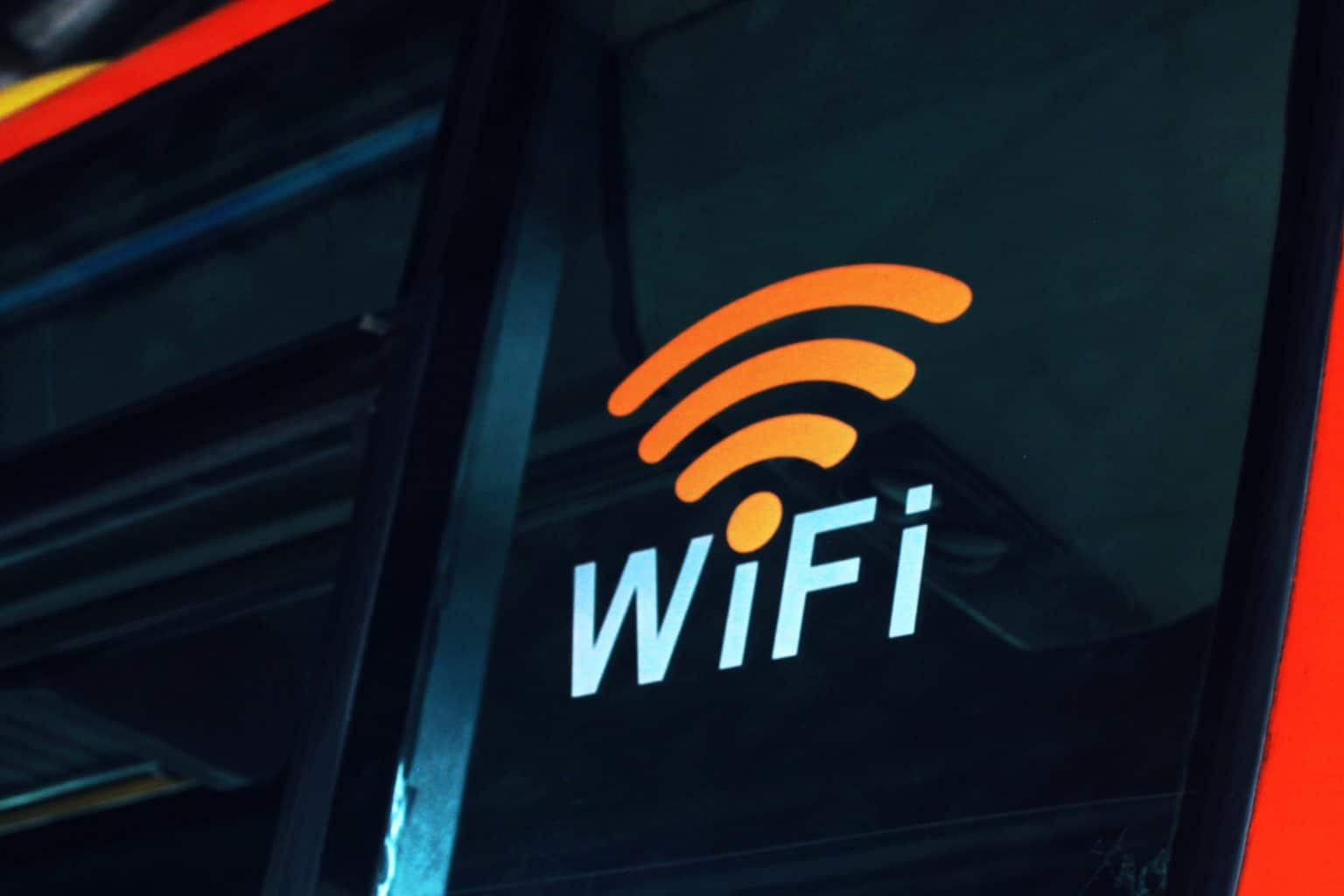We enjoy various advancements in technology daily. However, the convenience and connectivity such technology provides often hide lurking dangers, especially when we use public Wi-Fi networks. The great news is that more people are aware of the dangers of public Wi-Fi threats, but there’s a blind spot that’s often overlooked: the safety of home Wi-Fi networks.
Why Public Wi-Fi Networks Are Demonized
Let’s begin with the area most people are now more conscious of – public Wi-Fi networks. Who can resist the allure of free internet? Yet, these networks often sing a dangerous tune. They can be full of numerous threats, including “man-in-the-middle” attacks, unencrypted networks, malicious hotspots, and even prying eyes to track your online activities.
Recognizing these threats, many have been quick to start wondering ‘how do I hide my IP’ and then proceeded to equip themselves with various digital tools, such as VPNs (which indeed hide your IP address) and antivirus software to help fight malware. VPN usage has seen a significant increase in the last few years, indicative of more savvy and safety-conscious users. If only such attention were paid to home Wi-Fi networks!
So What About Home Wi-Fi Security?
Contrary to popular belief, your home Wi-Fi network might not be the digital haven you believe it is. Much like the famous Trojan Horse, threats could be lurking right under your nose, nestled comfortably within your home network.
While a vast majority are worried about their credit card information being stolen over public Wi-Fi, they casually use the same credit card for online shopping at home on a network protected by a password anyone could guess.
Yes, your beloved pet is adorable, but if his name (or, heaven forbid, ‘123456’) doubles as your Wi-Fi password, you might as well throw a digital welcome mat for cybercriminals.
The Hidden Dangers in Our Homes
From outdated router firmware and weak passwords to a complete lack of encryption, the vulnerabilities in our home Wi-Fi networks can be a jackpot for hackers. Outdated firmware has many security flaws. Using simple, guessable passwords leaves hackers without any real work. And not using encryption? That’s essentially leaving your door wide open with a flashing sign, “Come on in.”
The irony is that while most of us wouldn’t dream of leaving our physical homes so unprotected, we often leave our digital homes – our home Wi-Fi networks – practically defenseless.
How To Protect Your Home Wi-Fi Security
The call to action is clear: it’s time we paid as much attention to our home Wi-Fi security as we do to public networks. Start by ensuring your router’s firmware is regularly updated.
Next, your Wi-Fi password needs an upgrade. Get creative and create a complex, unique password. If you can’t come up with something yourself, there are several password generators that will happily do the heavy lifting for you.
Encryption is non-negotiable. Most routers come with Wi-Fi Protected Access (WPA), or better yet, its successor, WPA2. Ensure you’ve enabled this setting. With your network encrypted, even if hackers come knocking, they’ll find the door strongly locked.
Not Just Passwords: The Importance of Username Security
One element often overlooked in the quest for home Wi-Fi security is the username of your network. Your Wi-Fi network’s default username might seem harmless, but it’s not. Hackers can leverage the information about the router model or the ISP, which is often contained in the default username, to exploit known vulnerabilities. Changing the default username to something unique and ambiguous makes it harder for potential attackers to gain unauthorized access.
A firewall Will Do The Trick Too
Most routers come equipped with a built-in firewall, which acts as a digital guard around your network, fending off unwanted invaders. However, in some cases, these might be disabled by default. Checking your router’s settings to ensure the firewall is enabled adds an extra layer of protection, making it that much harder for cybercriminals to breach you.
The Benefits of Network Segmentation
Finally, consider the concept of network segmentation. By creating separate networks for different types of devices – say, one for your personal computers and smartphones, another for smart home devices, and maybe even a guest network – you can limit the potential spread of malware or unauthorized access. If a device on one network is compromised, the damage is confined to that network and can’t spread to others.
